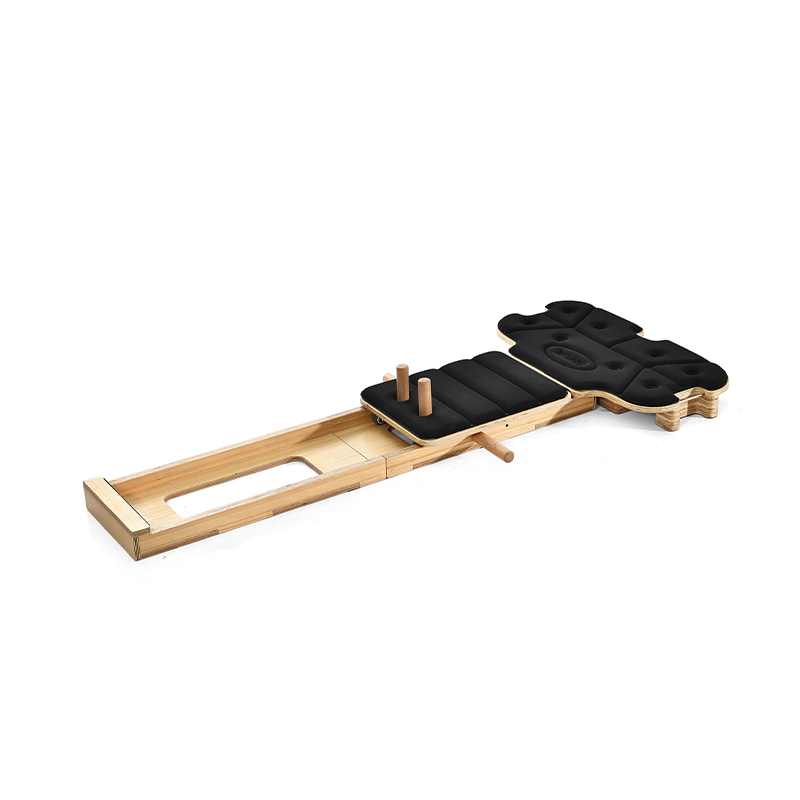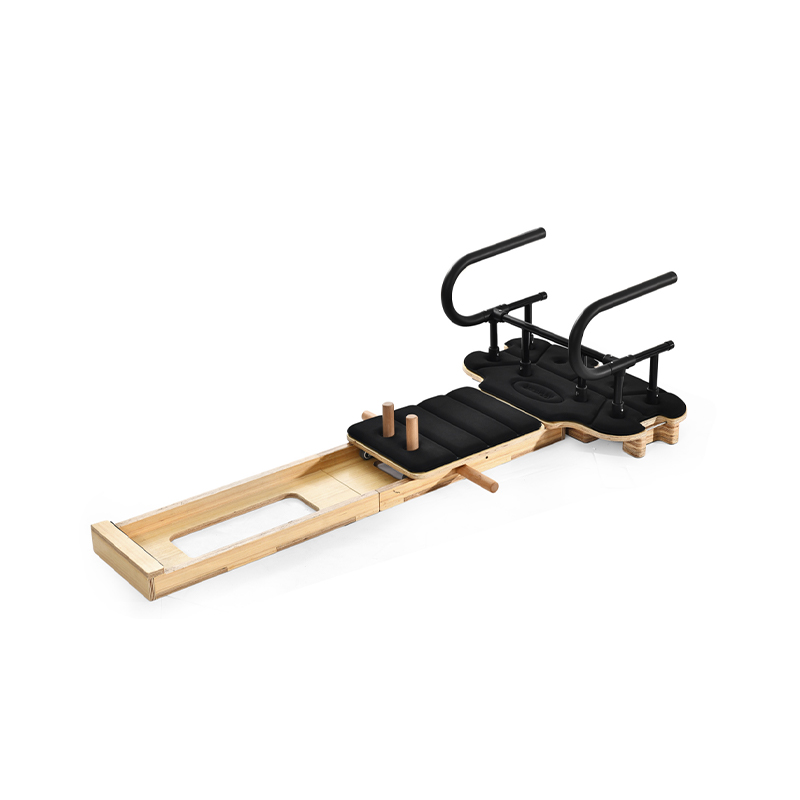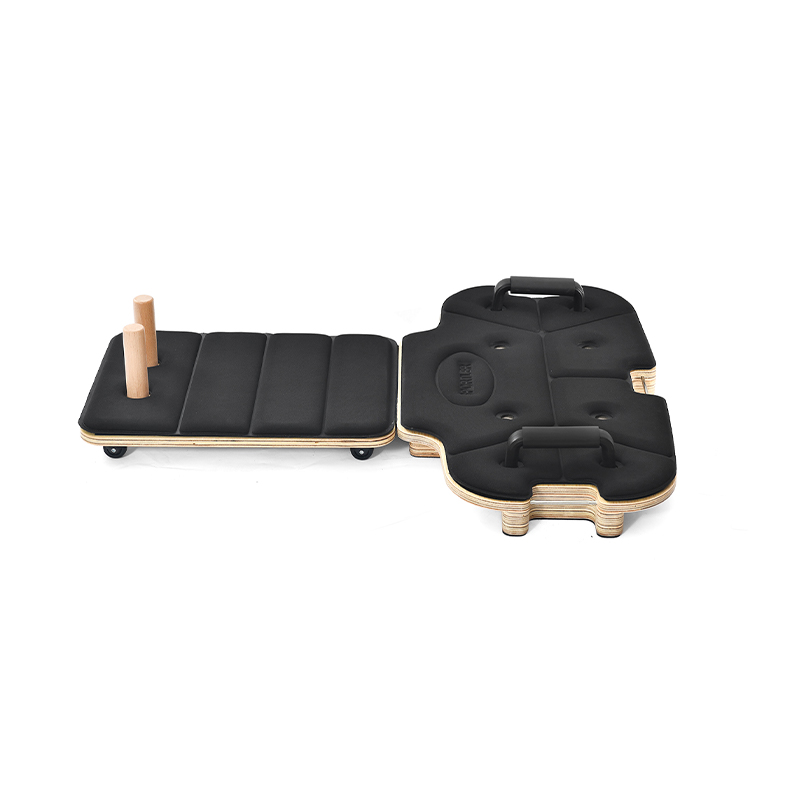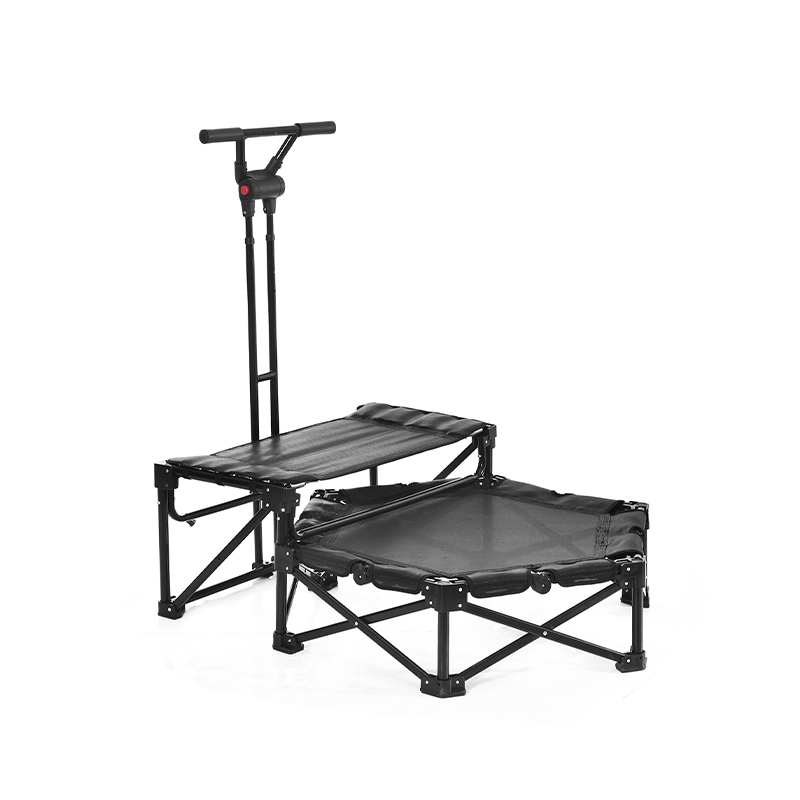The giant fitness ball, also known as a stability or exercise ball, is a widely used piece of equipment that supports a broad range of workouts focusing on balance, strength, and flexibility. Its large, inflatable design makes it an adaptable tool suitable for home gyms, fitness studios, physical therapy centers, and office wellness programs.
This fitness ball is typically made of durable, anti-burst PVC or similar materials that ensure safety during use. Its size can vary, commonly ranging from 55 cm to 75 cm in diameter, allowing users to select a ball that fits their height and exercise needs. The ball’s surface is often textured to provide grip and prevent slipping on smooth floors.
One of the main benefits of using a giant fitness ball is its ability to engage core muscles during exercises. When sitting or balancing on the ball, the body must activate deep abdominal and back muscles to maintain stability. This engagement enhances posture and spinal alignment, making it a valuable tool for individuals looking to improve back health and reduce discomfort.
The ball can be used for a wide variety of exercises. Core strengthening routines might include ball crunches, planks with feet on the ball, or Russian twists performed while seated. Additionally, it supports lower-body workouts such as wall squats with the ball behind the back or hamstring curls by placing the feet on the ball while lying down.
Balance and coordination can also be improved using this versatile ball. Standing or kneeling on the ball challenges the body's stability and proprioception, helping to develop better motor control. This is particularly useful for athletes or individuals undergoing rehabilitation after injury.
Flexibility training benefits from the giant fitness ball as well. It serves as a prop for stretching exercises that open up the chest, hips, and back. For example, lying back over the ball gently stretches the spine and can relieve tension in the shoulders and neck.
The giant fitness ball is also popular in low-impact fitness programs, such as prenatal exercise, yoga, and Pilates. Its cushioning and supportive qualities provide a safe base for movements that require careful control and smooth transitions. Because it reduces pressure on joints, it is suitable for people with mobility limitations or those recovering from surgery.
Portability and ease of storage are additional advantages. When deflated, the ball is lightweight and compact, making it convenient to transport or store in small spaces. Inflating the ball is usually straightforward with a hand pump or electric inflator, allowing for quick setup.
Safety remains a priority when using the giant fitness ball. Users should choose the correct size based on their height to maintain proper form and reduce the risk of injury. Exercises should be performed on non-slip surfaces, and beginners are encouraged to start slowly to develop balance and confidence.
Maintenance involves wiping the ball regularly with a damp cloth to remove dirt and dust. Checking for any signs of wear or punctures before each use helps prevent accidents. Selecting an anti-burst model adds an extra layer of safety during workouts.
In summary, the giant fitness ball is a versatile and effective tool for enhancing strength, balance, and flexibility. Its broad range of applications suits diverse fitness levels and goals, from rehabilitation to athletic training. Incorporating this ball into regular exercise routines can contribute to improved posture, core stability, and overall functional movement.


 English
English русский
русский Español
Español







